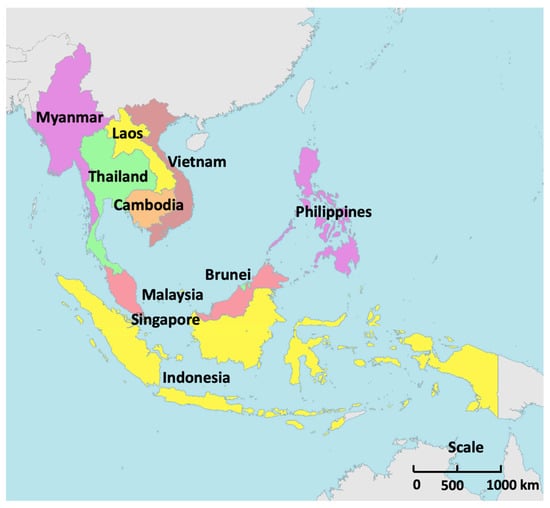ASEAN decarbonization: common pathways and policy implications
Published in Sustainability
The ten nations of Southeast Asia, collectively known as ASEAN, emitted 1.65 Gtpa CO2 in 2020, and are among the most vulnerable nations to climate change, which is partially caused by anthropogenic CO2 emissions. Renewable energies’ contribution to the total primary energy consumption (TPEC) has been decreasing in the last two decades, despite the increasing installation capacity. This suggests that the current rate of the addition of renewable energy capacity is inadequate to allow ASEAN to reach net-zero by 2050. Therefore, more tools, such as carbon capture and storage (CCS) and hydrogen, will be needed for the decarbonization of ASEAN. Based on regional CO2 source-sink mapping, six large-scale CCS projects in four countries can mitigate up to 300 Mtpa CO2. This study has summarized the recent research on quantitative CO2 source-sinking mapping, revealing that there is enough CO2 storage potential in ASEAN’s oil and gas fields, and saline aquifers to store over two centuries of CO2 emission. Consequently, future efforts should focus on the large-scale implementation of CCS projects through the use of CCS corridors.
For more details, please check this article
Lau, H.C.; Zhang, K.; Bokka, H.K.; Ramakrishna, S. A Review of the Status of Fossil and Renewable Energies in Southeast Asia and Its Implications on the Decarbonization of ASEAN. Energies 2022, 15, 2152. https://doi.org/ 10.3390/en15062152

Please sign in or register for FREE
If you are a registered user on Research Communities by Springer Nature, please sign in